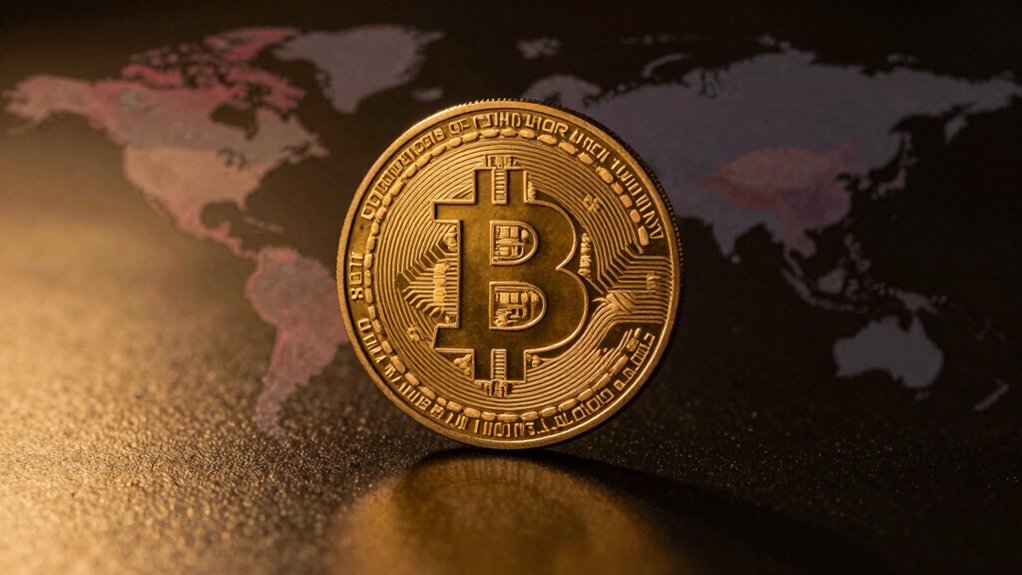Although Tether has long skirted rigorous scrutiny, its CEO’s recent vow to comply with U.S. stablecoin regulations under the GENIUS Act signals a begrudging concession to accountability that the market should scrutinize with skepticism rather than blind optimism. The company’s announced pivot to embrace stringent legal hurdles—ranging from anti-money laundering statutes to the unprecedented demand for fully audited reserves—is less a triumph of transparency than a reluctant acknowledgment that the regulatory noose tightens with every attempted evasion. Tether’s three-year timeline to overhaul its reserve structure, swapping out volatile assets like bitcoins and corporate bonds for liquid U.S. government bonds, underscores a belated, reactive market adaptation rather than proactive leadership. This shift aligns with the GENIUS Act’s emphasis on full audits and compliance, illustrating how legislation is reshaping industry behavior. Such regulatory pressure is partly driven by agencies like the SEC and FinCEN, which enforce strict compliance to protect investors and combat illicit activities through anti-money laundering rules.
The company’s ambition to register USDT under the GENIUS Act’s foreign issuer pathway, while simultaneously launching a U.S.-specific stablecoin tailored for domestic institutional clients, reeks of a strategic bifurcation designed to hedge bets rather than streamline compliance. This dual approach, touted by CEO Paolo Ardoino as a masterstroke to “maintain global business” while courting U.S. regulators, may well be an elaborate dance to preserve Tether’s offshore opacity under the guise of legal conformity. The involvement of Big Four auditors, a first for Tether, signals a defensive posture, not an embrace of full transparency. CFO Simon McWilliams’ recent appointment and active engagement with these auditors highlight the company’s compliance preparations. However, even with these measures, Tether must still navigate complex federal regulations that involve multiple agencies including the SEC, CFTC, and IRS, each with overlapping jurisdictions over cryptocurrency activities.
Despite generating a staggering $13 billion net income last year, Tether’s readiness to navigate these legal complexities appears more a forced march than a confident stride, with realigned executive roles prioritizing regulatory engagement as if compliance were a novel, unwelcome chore. The market should view these developments not as a seamless adaptation but as a grudging admission that Tether’s long-standing evasion tactics are finally meeting their legal match. This scenario is emblematic of the broader crypto industry’s challenges as regulators worldwide, guided by international frameworks such as FATF and IOSCO, tighten oversight to balance innovation with stringent investor protection.









